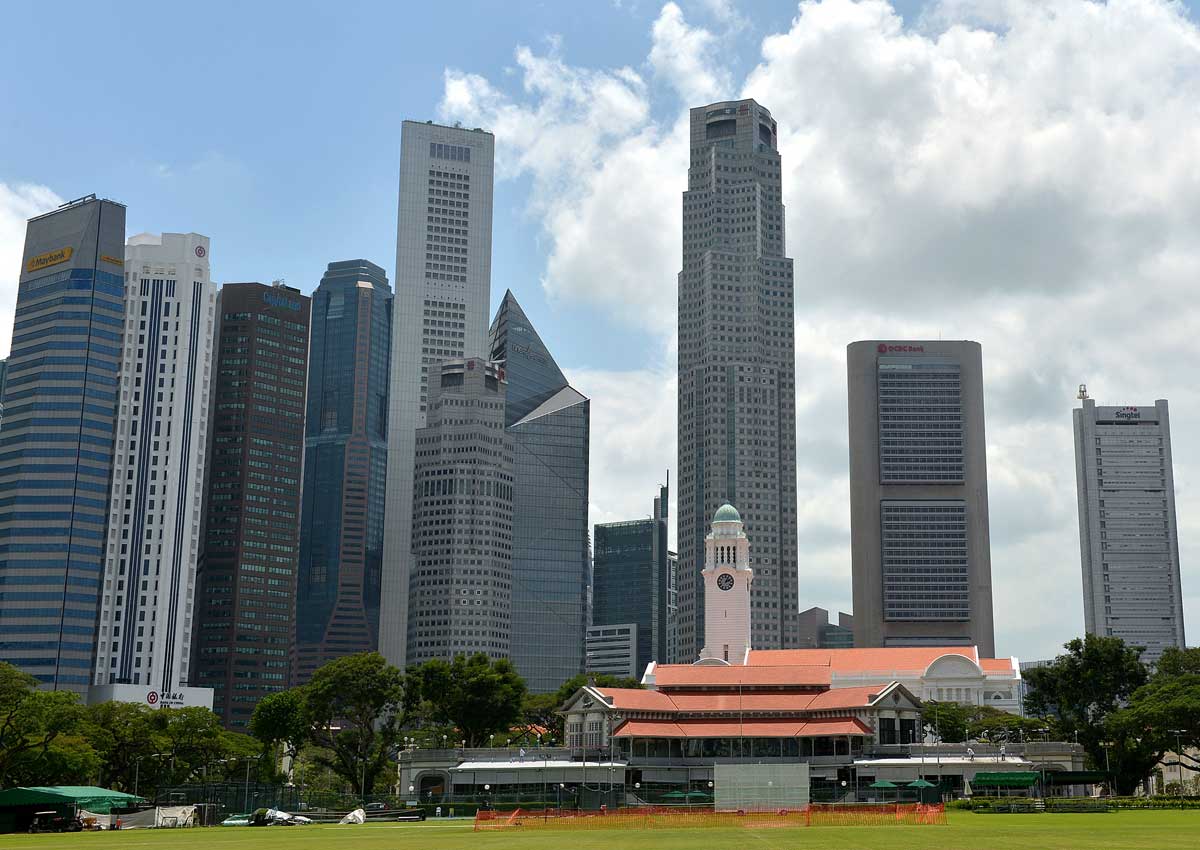SINGAPORE –
Singapore’s economy is expected to grow in the fourth quarter to avoid a recession, but the outlook is affected by the uncertainty surrounding the global trade from the Trump government.
Gross domestic product (GDP) for the October-December quarter is forecast to grow by 3.7% year-on-year, supported by a rise in factory production in November, according to a median Reuters poll.
While this would be an improvement seen from the contraction of 2.0% in the third quarter, analysts were cautious about the outlook for Singapore’s trade-dependent economy.
The government’s estimate of fourth-quarter gross domestic product is expected to be 8 am local time (0000 GMT) on January 3. “Look at the number of downside risks we face globally,” said Nomura economist Brian Tan. “You obviously have Trump, and what protectionist measures he can take.
China’s economic slowdown, the UK back to Europe and European elections also bring risks, while the domestic labor market is showing signs of weakness, Tan 2017 GDP growth of 0.7%.
In a recent central bank survey, the median forecast for economists was a 1.5 per cent rise in gross domestic product in 2017.
The government’s forecast for growth for the full year is 1.0 to 1.5 per cent, putting the economy on track for the weakest performance since 2009, when GDP shrank by 0.6 per cent.
The median forecast for 11 economists in the Reuters poll is that the fourth-quarter gross domestic product grew 0.6 percent from a year earlier and grew 1.1 percent in the third quarter.
Analysts said the government’s budget and the recommendations from the Economic Commission for the future, is expected in the first quarter, are not likely to contain measures to stimulate the short-term growth to a large extent. “It’s just possible … to provide some mitigation for the corporate sector, it will not significantly change the dial on the headline GDP growth,” said Selena Ling, director of fund research and strategy at OCBC Bank.
The Commission is responsible for finding strategies to maintain Singapore’s economic competitiveness and identify growth areas.
While most analysts believe the Monetary Authority of Singapore (MAS) kept its exchange rate policy unchanged in April, some expect the central bank to ease as growth prospects are poor.
NatWest Markets Asian economist Vaninder Singh said in a recent research report that the fourth quarter, an increase of less than 1%, will promote the April monetary easing. “If we get such a figure, it will strengthen our confidence and call for a 1% reduction in repositioning,” Singh said. “Singapore’s major monetary mechanism is Singapore’s nominal effective exchange rate (NEER) policy band.
Such an up-to-date figure will provide more room for the Singapore dollar NEER to weaken the current policy context.
At its most recent meeting in October, MAS kept the policy unchanged. It relaxed its policy in April, since January 2015 since the third easing.
Image:







